| Title | Noatak |
| Park Code | noat |
| Description | As one of North America's largest mountain-ringed river basins with an intact ecosystem, the Noatak River environs feature some of the Arctic's finest arrays of plants and animals. The river is classified as a National Wild and Scenic River. It o... |
| Location | |
| Contact | |
| Activities |
|
| Entrance fees |
|
| Campgrounds | Count: 0
|
| Places | Count: 9
Angelica at Western Arctic National ParklandsAngelica is a beautiful plant, but it hides both great medicinal qualities and a deadly secret. 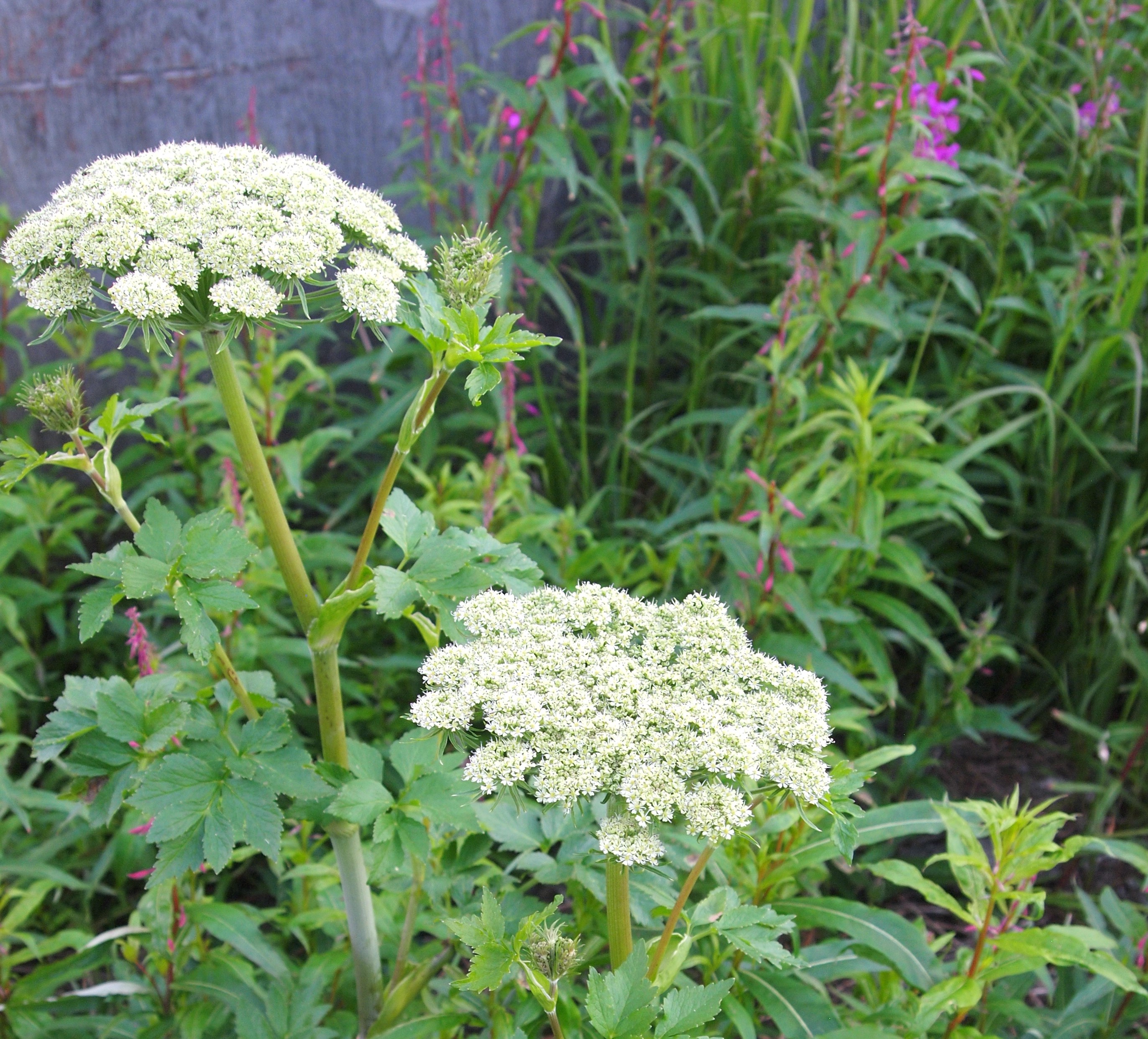
Copter PeakCopter Peak is a popular area to visit in Noatak National Preserve. Many are drawn to the area thanks to the nearby backcountry landing strip. 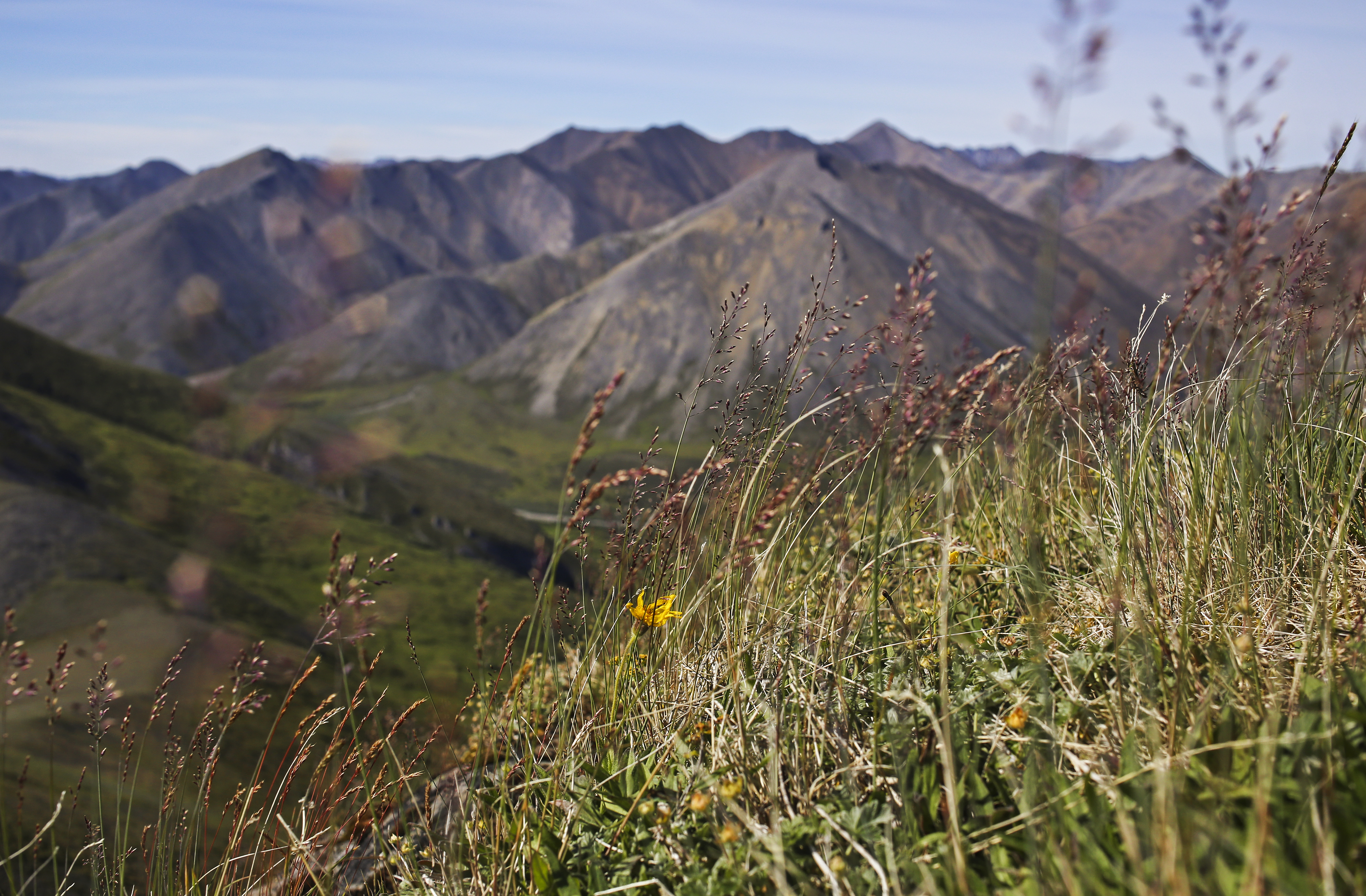
Desperation Lake in NoatakDesperation Lake is located near the northern border of Noatak National Preserve and to the northwest of Feniak Lake. This area draws hunters and backpackers alike. 
Feltleaf Willow at Western Arctic National ParklandsWillows exist in many forms. The Feltleaf Willow is one of the more popular version of this plant. Like its relatives, this plant has great medicinal properties! 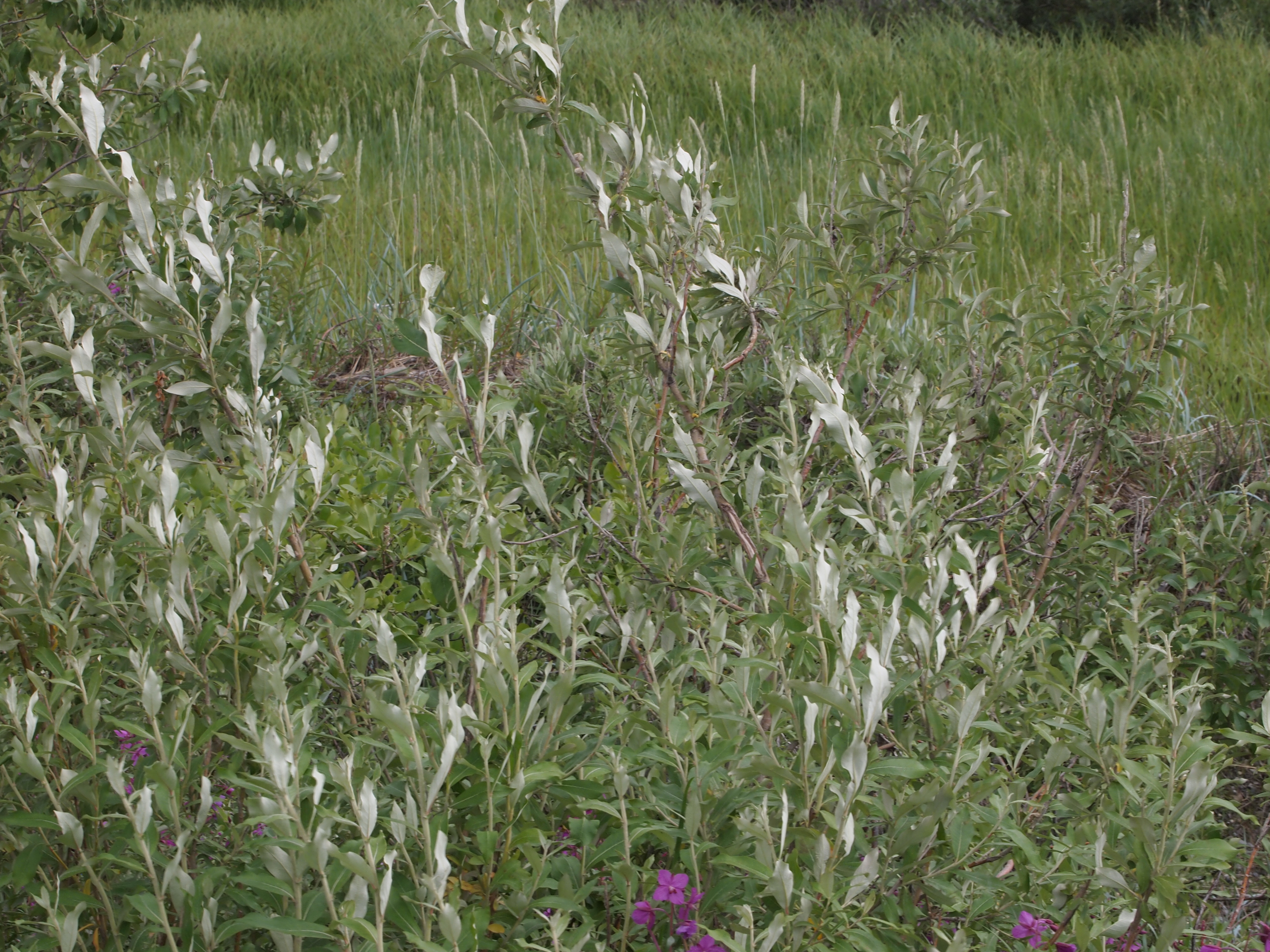
Fireweed Wayside at Western Arctic National ParklandsThe purple/pink flowers of blooming Fireweed is one of the most recognizable sights in Alaska. But what makes this plant so important to medicinal traditions? 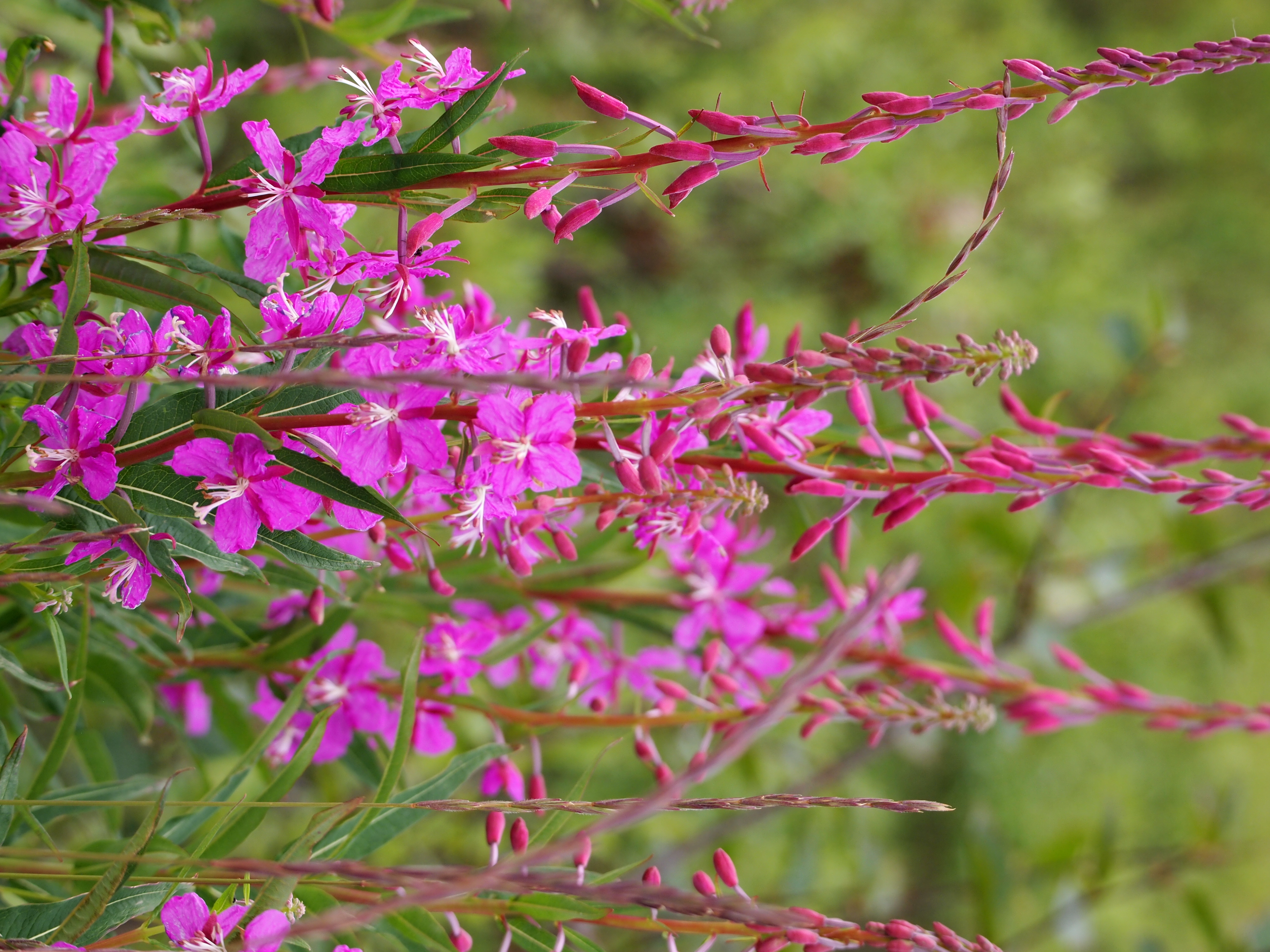
Grand Canyon of the NoatakThe Grand Canyon of the Noatak towers over the river that carved it. 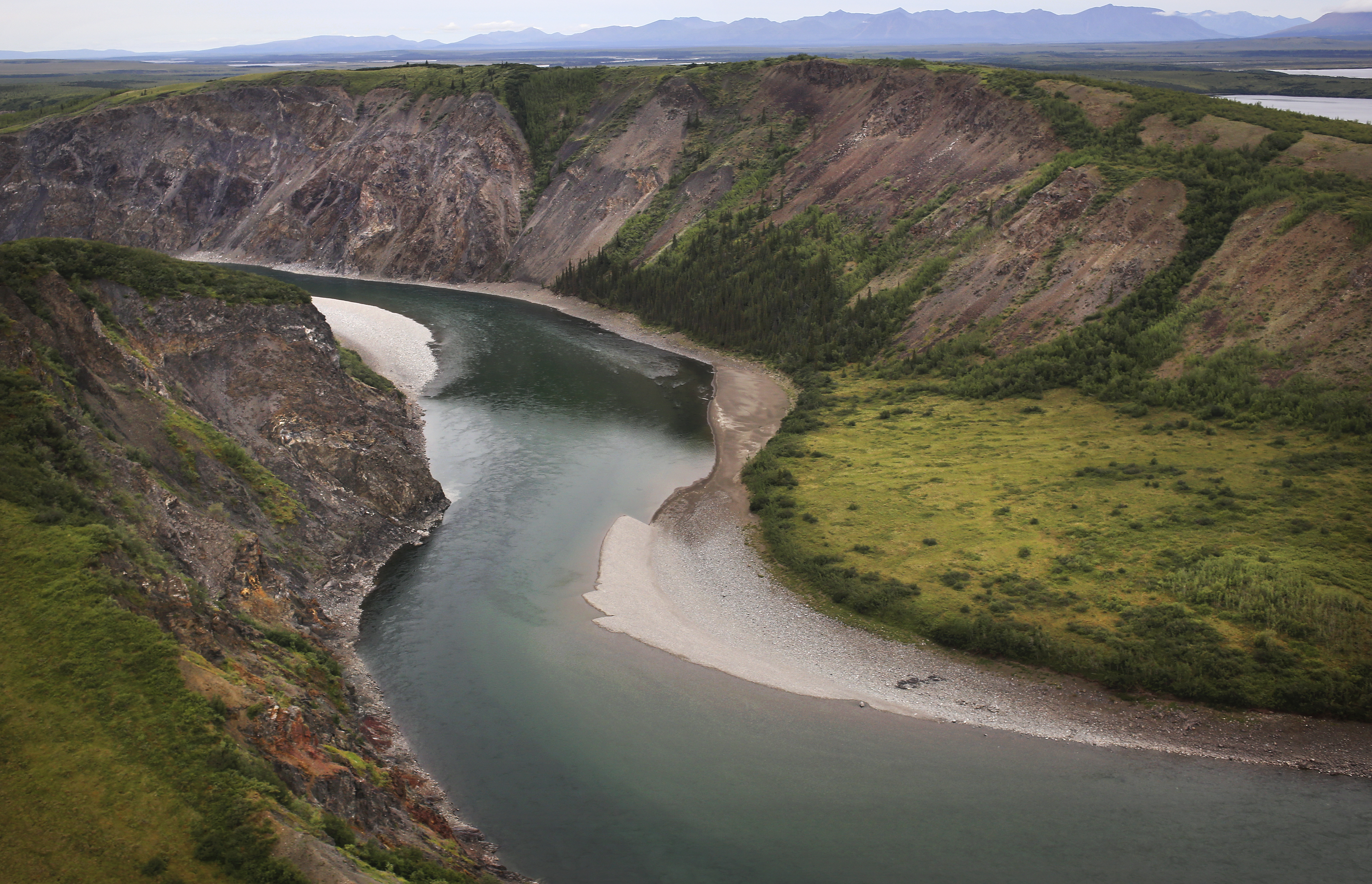
Lingonberry at Western Arctic National ParklandsLingonberries are known by many names, but no matter the name you call it, there's no denying this beautiful plant has beautiful flowers, delicious berries, and powerful medicinal properties. 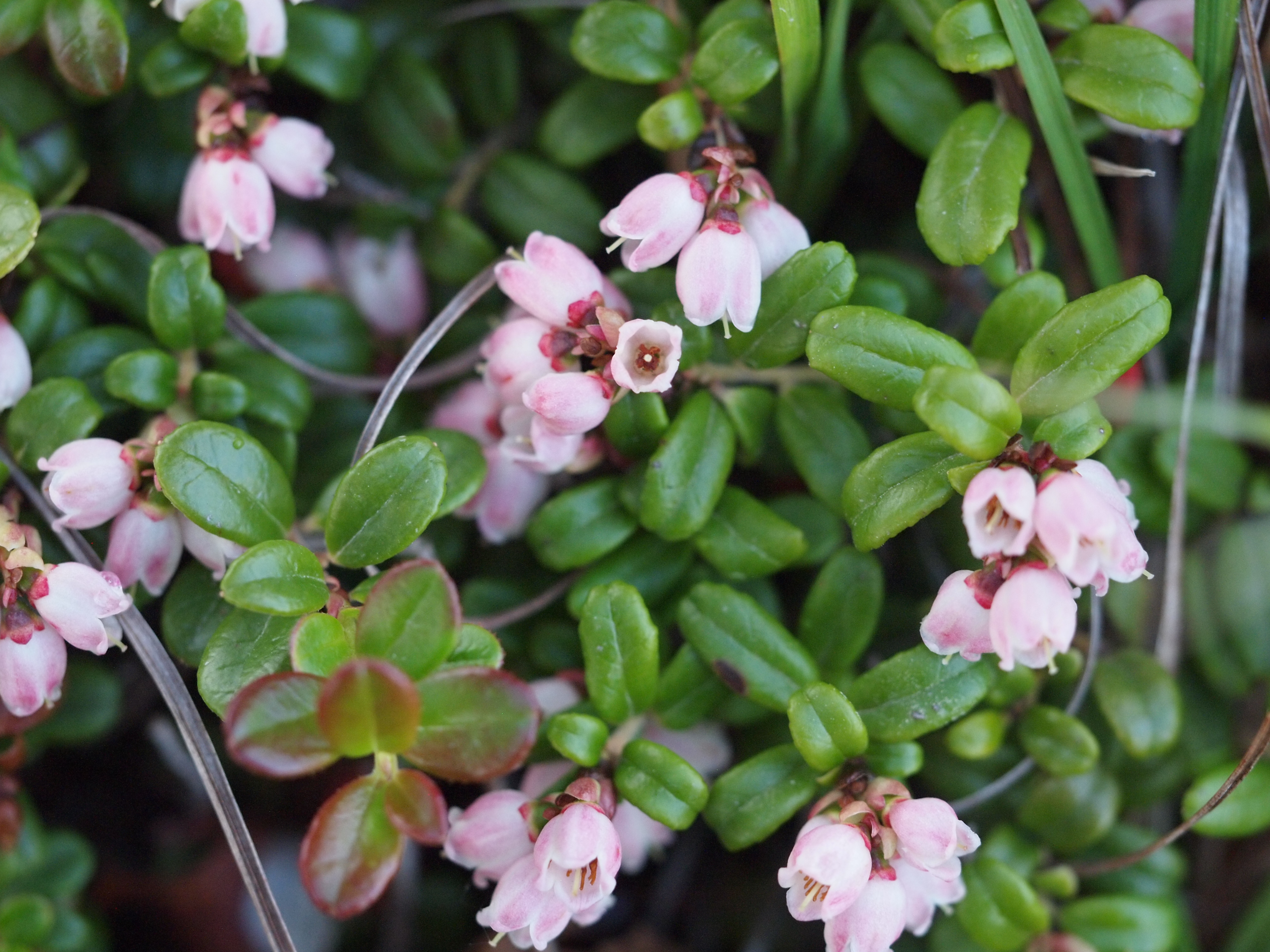
Sourdock at Western Arctic National ParklandsRelated to Rhubarb, Sourdock is a medicinal plant with many uses! 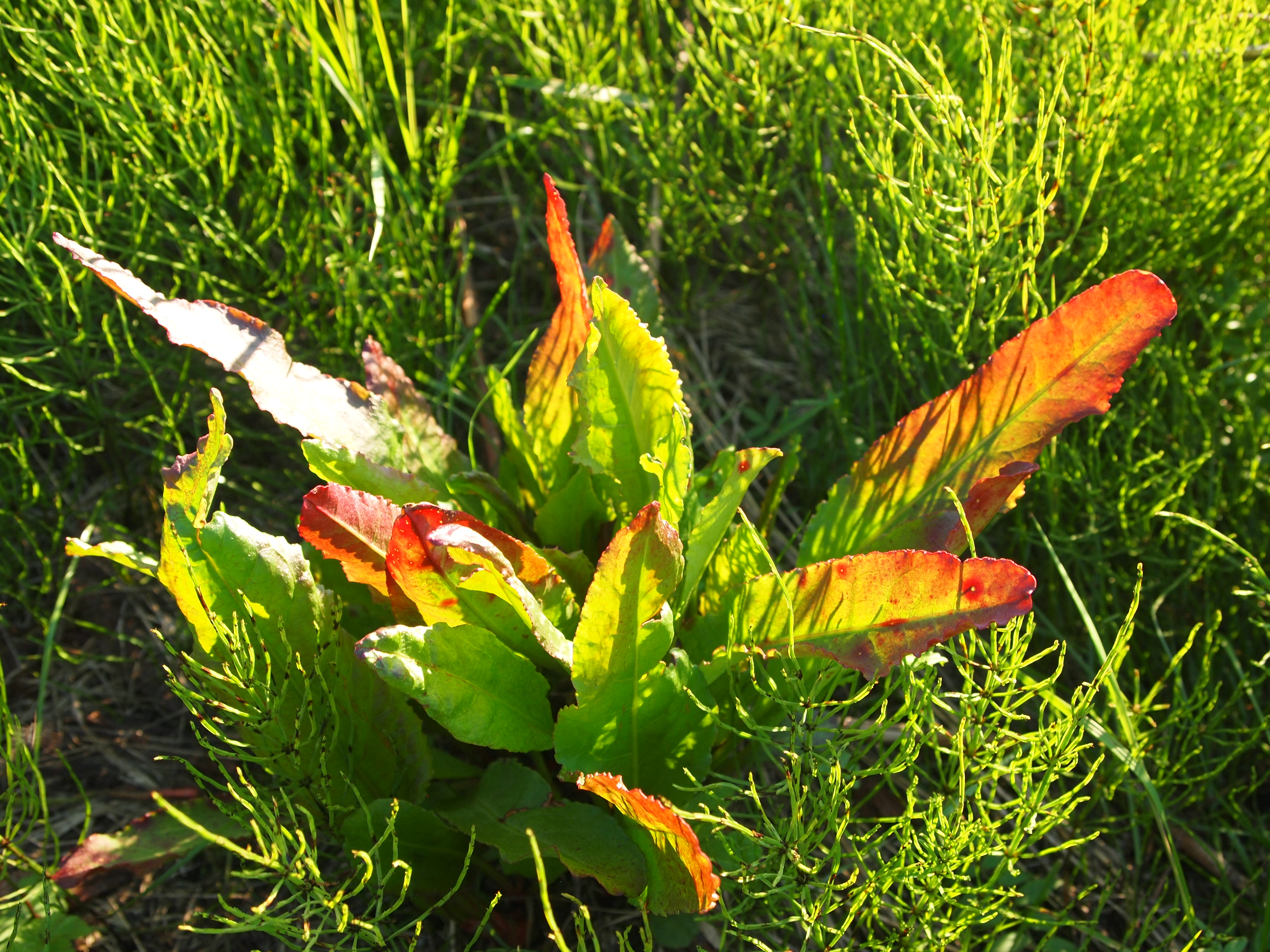
Stinkweed at Western Arctic National ParklandsStinkweed isn't a pleasant name, but this plant is one of the most beloved medicinal plants in the Arctic. The number of uses seems to be endless! 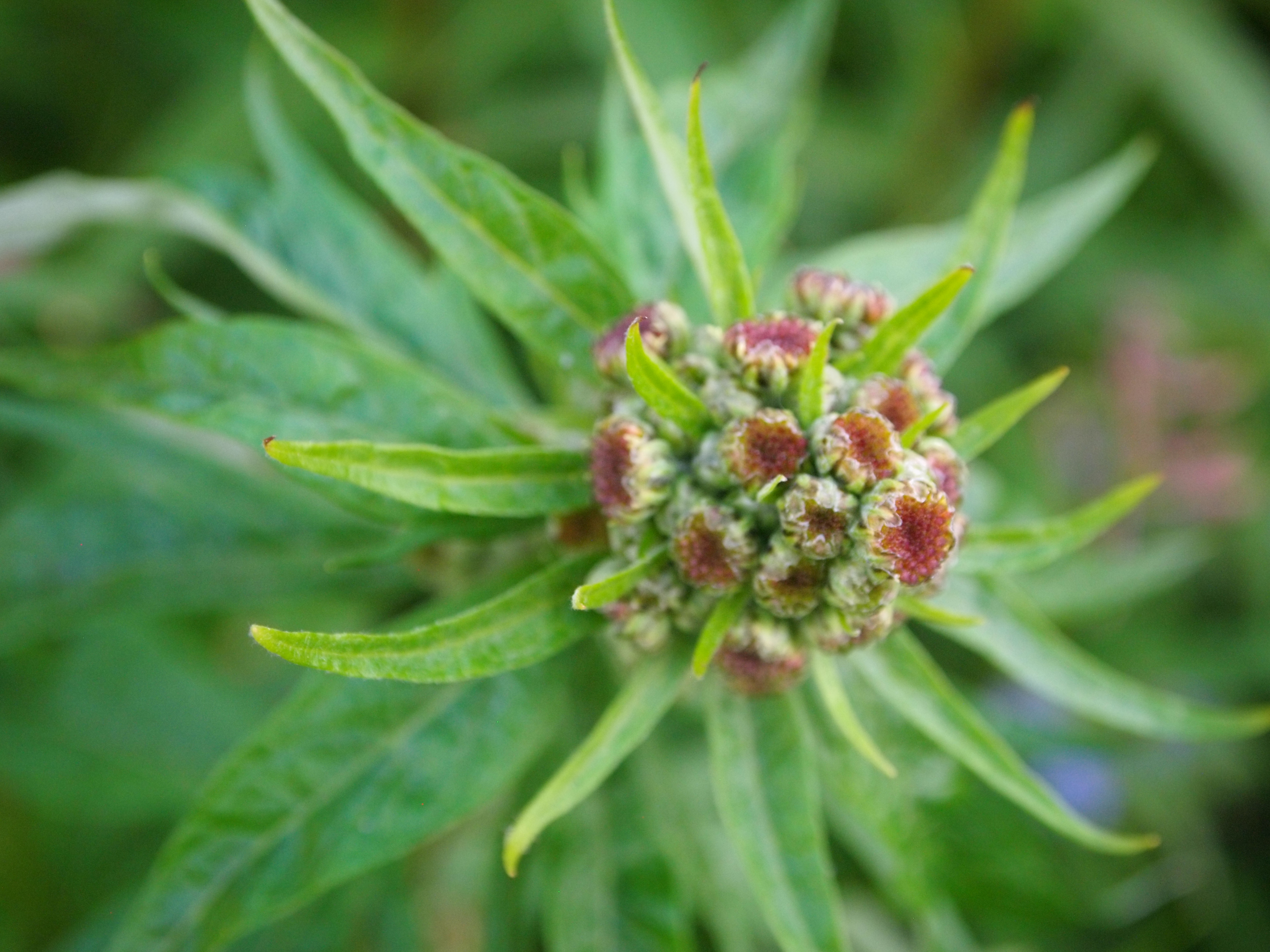
|
| Visitor Centers | Count: 1
Northwest Arctic Heritage Center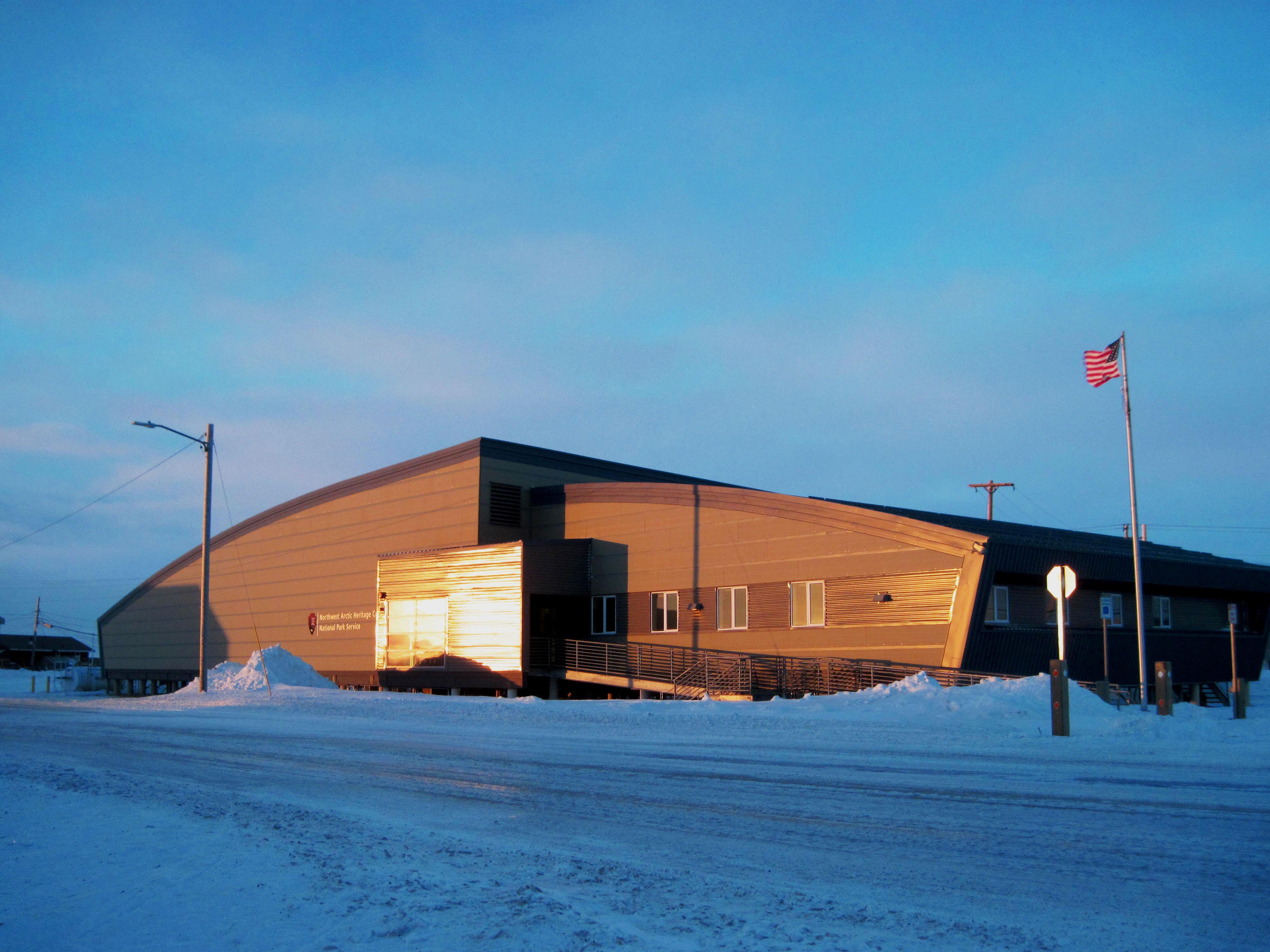
|
| Things to do | Count: 3

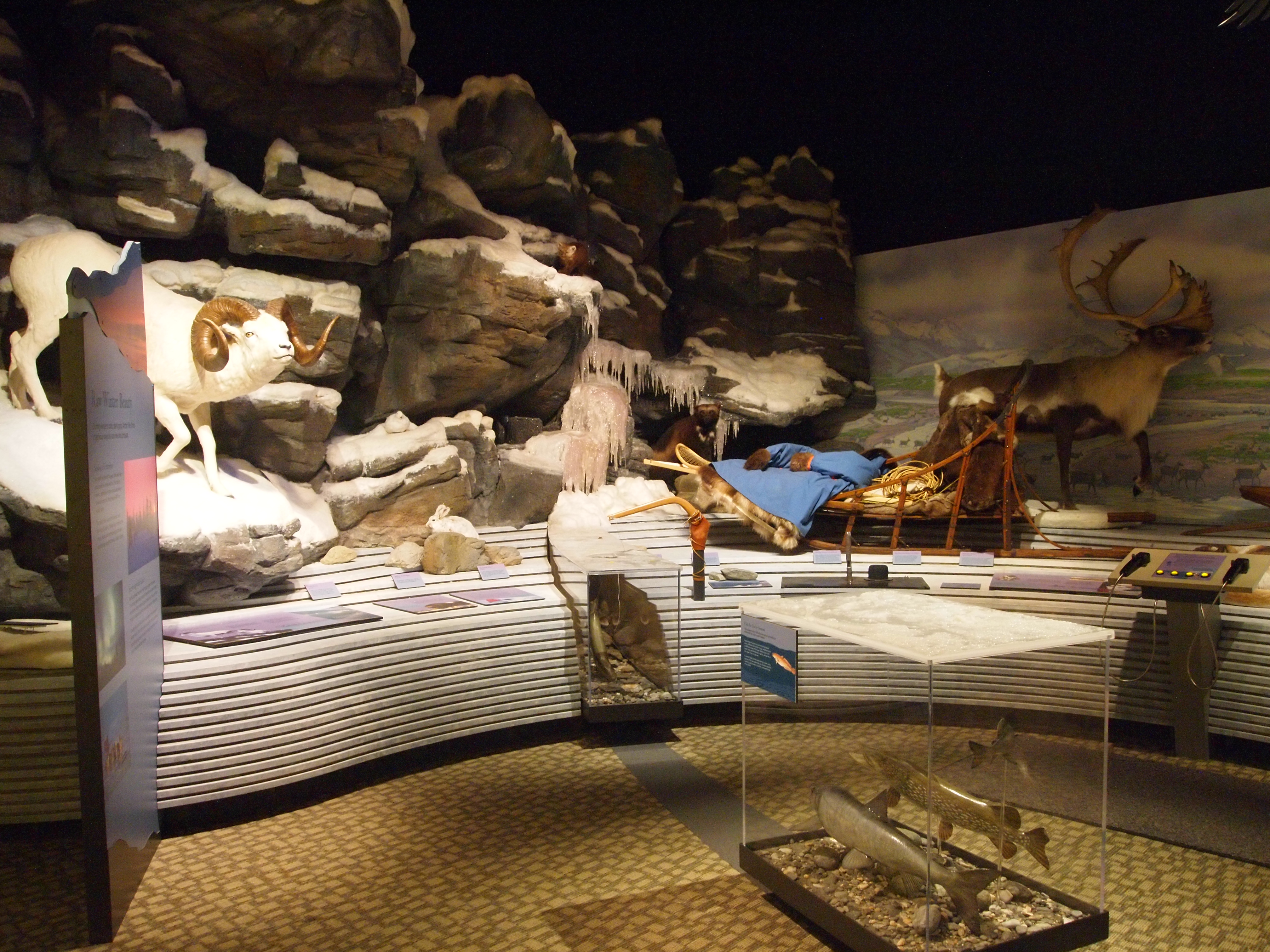
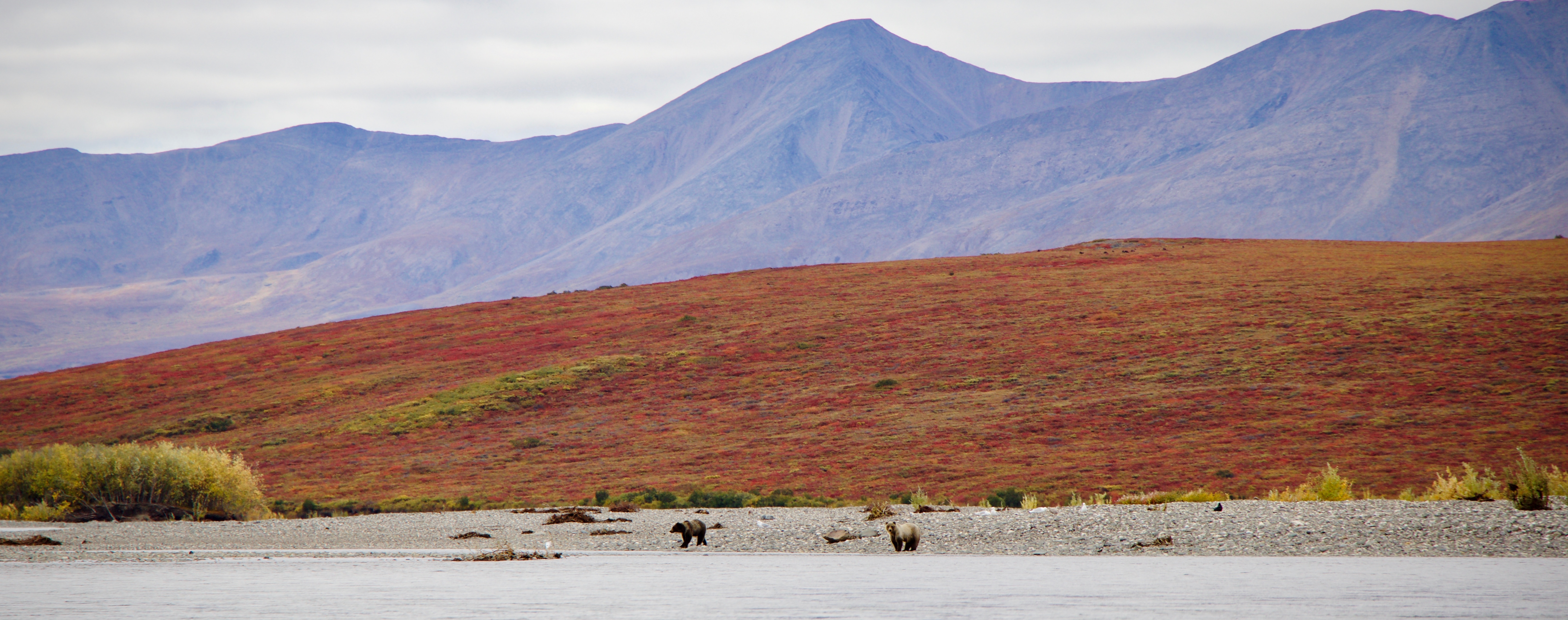
|
| Tours |
Count: 1
Medicinal Garden TourExplore the Northwest Arctic Heritage Center's medicinal garden and learn about local plant life, their medicinal uses, and more! |
| Articles |
|